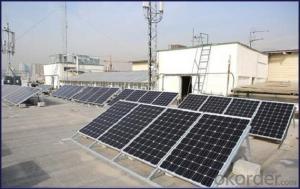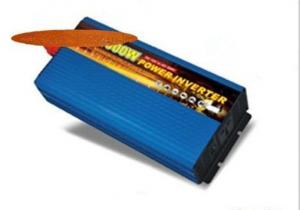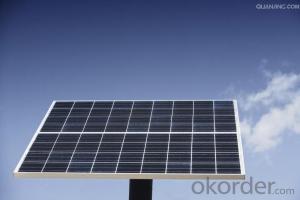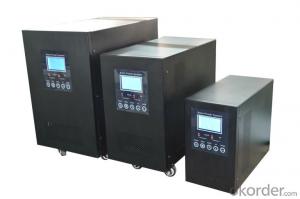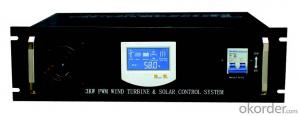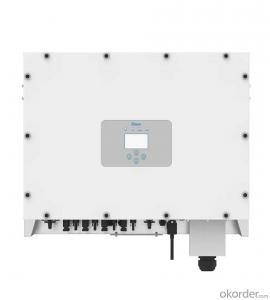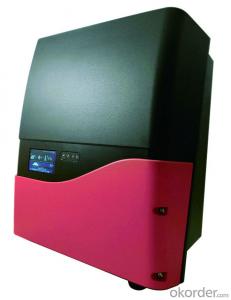Solar Pv Inverter On Maui
Solar Pv Inverter On Maui Related Searches
Solar Pv Inverter Pv Solar Inverter Pv Powered Solar Inverter Best Solar Pv Inverter Best Inverter For Solar Pv Solar Pv Inverter Price Solar Pv Inverter Prices Solar Pv Inverter Location Solar Pv Module Pwm Solar Inverter Solar Pv Inverter Types Pv Module Solar Panel Solar Pv Inverter Sizing Solar Panel Pv Module Mp Solar Inverter Pv Solar Cells Power Solar Inverter Solar Pv Module Price Powmr Solar Inverter Solar Pcu Inverter Portable Solar Power Inverter Rv Solar Power Inverter Solar Pv Inverter Market Pv1800 Solar Inverter Portable Solar Inverter Marine Solar Inverter Photovoltaic Pv Solar Cells Pv3500 Solar Inverter Pv Cells In Solar Panels Power Inverter SolarSolar Pv Inverter On Maui Supplier & Manufacturer from China
Solar PV Inverter On Maui is a crucial component in the solar energy system, designed to convert the direct current (DC) generated by solar panels into alternating current (AC) that can be used by homes and businesses. This product plays a vital role in harnessing the power of the sun and making it accessible for everyday use, thereby contributing to a more sustainable and eco-friendly energy solution.The application of Solar PV Inverter On Maui is extensive, as it is used in various scenarios where solar energy is harnessed. These include residential rooftops, commercial buildings, and large-scale solar farms. The inverter ensures that the solar energy generated is efficiently converted and integrated into the power grid or used directly by the consumers, making it an indispensable part of any solar power setup.
Okorder.com is a leading wholesale supplier of Solar PV Inverter On Maui, boasting a large inventory that caters to the diverse needs of customers. With a commitment to quality and customer satisfaction, Okorder.com ensures that the inverter products available are of the highest standards, meeting the specific requirements of various applications. This makes Okorder.com a reliable source for those seeking to invest in solar energy solutions on Maui and beyond.
Hot Products




